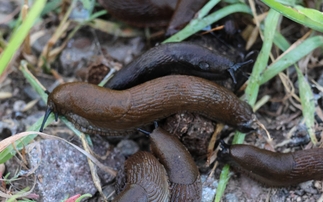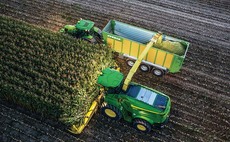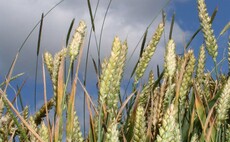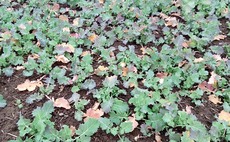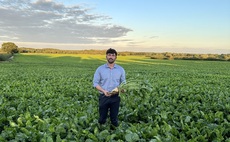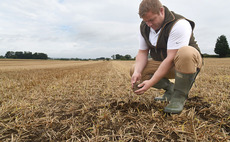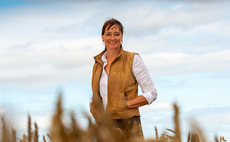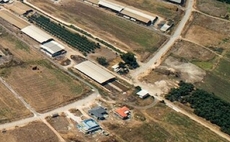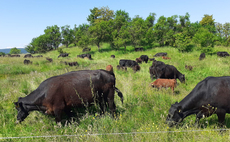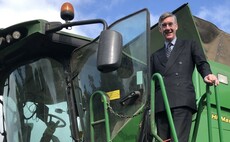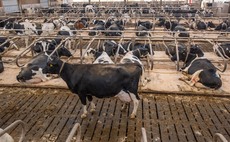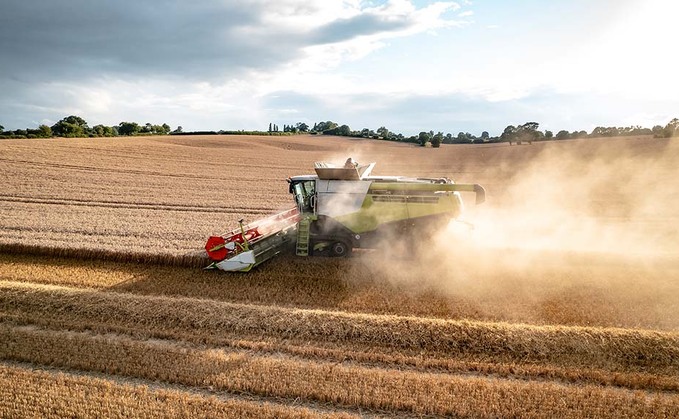
At the start of last month's report I welcomed the return to cooler and wetter weather, which provided a much needed boost to root and maize crops across the East Midlands.
It soon became clear you can have too much of a good thing, and the slight worry back then that the rain might not know when to stop soon turned into a major headache, with harvest severely affected across the region.
Despite everybody having everything crossed that the hot dry weather would return, we have had a torrid time of it weather-wise. During July we had 100mm of rain, two and a half times the average for the month, and a further 50mm in the first half of August, the average for the whole month. As I write in mid-August, the forecast looks better, but the threat of showers remains.
Harvest
Harvest has been a frustrating and an expensive grab-it-when-you-can affair, which is a rotten way to end the season after all the hard work that has gone into tending these crops. We have seen balers and trailers getting stuck as the ground is so soft now. At the time of writing, my customers overall have 35-40% of their wheat still standing in the field.
Some wheats have been disappointing as far as yield is concerned. Despite earlier hopes that the combination of plentiful sunshine and moisture would aid grain fill, in the end I believe the hot June followed by a very wet and dull July had a serious effect on crops.
Hindsight is a wonderful thing, but keeping the fungicide spend up this season and applying plenty of growth regulator has certainly helped limit the damage; indeed, some crops have still yielded surprisingly well. In addition, thankfully we seem to have managed to hold on to quality with the milling wheats so far.
Barley
Like the winter barley before it, spring barley that was drilled during the dry period in February has done well. It was cut before the winter wheat and most of it has hit malting specification, which is a fantastic result. However, as suspected, later-drilled crops have disappointed, and were never able to make up for the lack of water that dogged much of their development.
Winter beans appear to have fared better. They will be next to be cut after winter wheat and, although they are fit, nothing is spoiling and all look okay.
My customers' rotations are now pretty much set. There have been plenty of discussions about oilseed rape; although the crop ended up delivering a good average yield, growers are rightly questioning the margin that can be made if the current price of £350/tonne persists, let alone slides further.
OSR
As a result, the area of oilseed rape under my care is down about a third this season. Some of those that are sticking with the crop started drilling on August 16. At least there is ample moisture to help get plants up and away quickly, which will help as far as cabbage stem flea beetle is concerned, but the conditions do favour plenty of slugs so traps are being deployed.
Sugar beet intended for late lifting has had its last fungicide. All crops are now looking fantastic, so the factory opening in September will be eagerly awaited for a change.
Potatoes have also continued to improve since my last report, when they were making the most of the cool, wet conditions. Early lifting has started and growers are already reporting some exciting yields. Hopefully this can carry on with the stored crop; appearances would certainly suggest as much.
Maize also looks well. If we can keep the sunshine we could have a decent harvest. Stocks are very low so a big crop would be greatly appreciated by both livestock farmers and those running AD plants.













